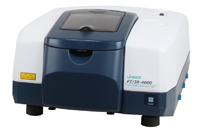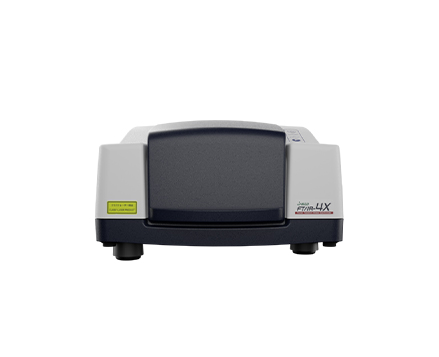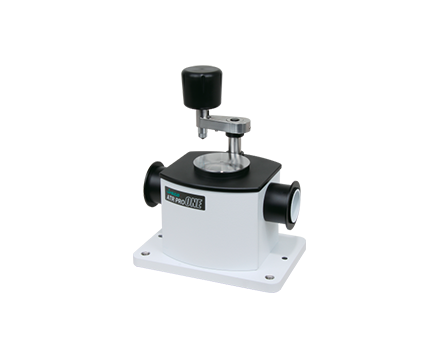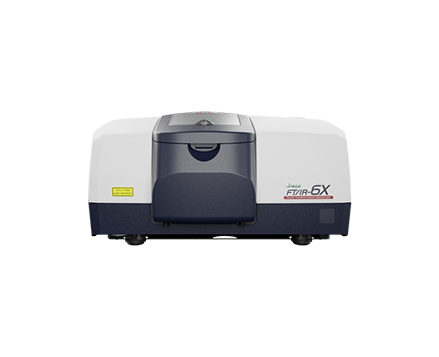Analysis of Automotive Polymers using FTIR with ATR Sample Measurement
May 3, 2024
Introduction
- No Sample Preparation
- Reproducible Results
- High Sensitivity
- Sampling Versatility
This application note will describes the analysis of the various polymers that can be found in a modern automobile. The use of an attenuated total reflectance (ATR) accessory with an FTIR spectrometer, offers rapid and reproducible analysis for plastics and polymers in a range of states, such as flat sheets, fibers, pellets or granules without a requirement for sample preparation.
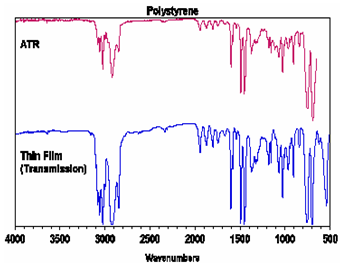
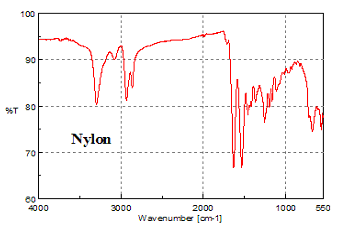
The traditional method of analysis for polymers is to prepare a thin film and collect a transmittance spectrum. Sample preparation can be time consuming, the film thickness can be inconsistent and the the use of solvents hazardous. Also, not all polymers can be dissolved in a solvent, heated or flattened sufficiently to make an adequate thin film for analysis by IR spectroscopy. ATR accessories require no sample preparation and greatly simplify the collection of FTIR spectra. Pressure is applied to the solid sample to compress it against the ATR crystal, and the sample spectrum collected. The sample is removed from the crystal surface and the accessory is ready to collect the next spectrum. Fast and less complicated than using prepared thin films, the ATR method allows recovery of the original sample for further analysis.
The resulting sample data can be searched against a database of known ATR spectra for positive identification. Despite changes in the relative peak intensity of the absorption bands, due to the physics of the ATR, spectral adjustment can be made for comparison with transmission data. As an example, Figure 1 is a plot of transmission and ATR spectra of polystyrene.
Experimental
Spectra were collected using an FT/IR-4600 with a single reflection ATR accessory using ZnSe lenses and a single-reflection diamond ATR crystal. Sample sizes of 1-4 mm2 were collected from various parts of the vehicle. The individual polymer samples were placed onto the ATR crystal and the anvil was hand-tightened to apply pressure. No sample preparation was necessary to collect the spectra.

FTIR spectra (64 scans at 4 cm-1 resolution approx, 1min) were averaged to obtain the single-beam background and sample spectra. To provide identification of the samples, the spectra were searched against several libraries of known polymer spectra.
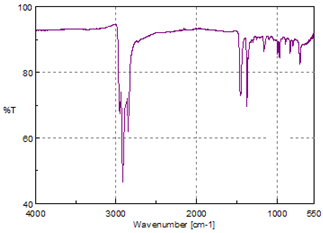
Figure 2 Spectrum of fibers comprising the nap of the vehicle carpet, identified as Nylon-6. Fibers from the seat covering and fabric of the vehicle roof were analyzed and identified as Poly(ethylene terephthalate). Figure 3 is a representative spectrum of these fibers.
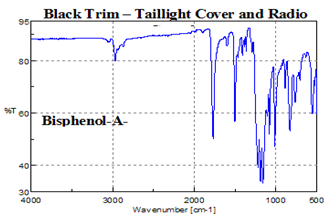
Polymer samples collected from the various molded side panels and trim were identified as the complex polymer Poly (ethylene:propylene:diene). One of four sample spectra can be found as Figure 4.

Figure 5 is a representative spectrum of samples collected from the trim around the radio console and a portion of the taillight lens, subsequently identified as Bisphenol-A-polycarbonate. The red polymer of the taillight was identified as Poly (methyl methacrylate) and is plotted as Figure 6.
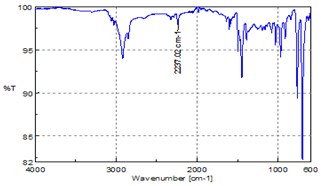
Several samples collected from the vehicle knobs, switches and the radio console were identified as a co-polymer of styrene and acrylonitrile. The peak at 2235 cm-1 is representative of the nitrile functional group in polyacrylonitrile.
Conclusion
The single reflection ATR is a simple, easy-to-use accessory for the analysis of polymers. The ATR technique is rapid, repeatable and very reliable for the characterization of hard or soft polymers in any configuration. The analysis method is non-destructive and can be used to collect data from a minimal amount of sample.
Featured Products:

Analysis of Automotive Polymers using FTIR with ATR Sample Measurement
Introduction
- No Sample Preparation
- Reproducible Results
- High Sensitivity
- Sampling Versatility
This application note will describes the analysis of the various polymers that can be found in a modern automobile. The use of an attenuated total reflectance (ATR) accessory with an FTIR spectrometer, offers rapid and reproducible analysis for plastics and polymers in a range of states, such as flat sheets, fibers, pellets or granules without a requirement for sample preparation.


The traditional method of analysis for polymers is to prepare a thin film and collect a transmittance spectrum. Sample preparation can be time consuming, the film thickness can be inconsistent and the the use of solvents hazardous. Also, not all polymers can be dissolved in a solvent, heated or flattened sufficiently to make an adequate thin film for analysis by IR spectroscopy. ATR accessories require no sample preparation and greatly simplify the collection of FTIR spectra. Pressure is applied to the solid sample to compress it against the ATR crystal, and the sample spectrum collected. The sample is removed from the crystal surface and the accessory is ready to collect the next spectrum. Fast and less complicated than using prepared thin films, the ATR method allows recovery of the original sample for further analysis.
The resulting sample data can be searched against a database of known ATR spectra for positive identification. Despite changes in the relative peak intensity of the absorption bands, due to the physics of the ATR, spectral adjustment can be made for comparison with transmission data. As an example, Figure 1 is a plot of transmission and ATR spectra of polystyrene.
Experimental
Spectra were collected using an FT/IR-4600 with a single reflection ATR accessory using ZnSe lenses and a single-reflection diamond ATR crystal. Sample sizes of 1-4 mm2 were collected from various parts of the vehicle. The individual polymer samples were placed onto the ATR crystal and the anvil was hand-tightened to apply pressure. No sample preparation was necessary to collect the spectra.

FTIR spectra (64 scans at 4 cm-1 resolution approx, 1min) were averaged to obtain the single-beam background and sample spectra. To provide identification of the samples, the spectra were searched against several libraries of known polymer spectra.

Figure 2 Spectrum of fibers comprising the nap of the vehicle carpet, identified as Nylon-6. Fibers from the seat covering and fabric of the vehicle roof were analyzed and identified as Poly(ethylene terephthalate). Figure 3 is a representative spectrum of these fibers.

Polymer samples collected from the various molded side panels and trim were identified as the complex polymer Poly (ethylene:propylene:diene). One of four sample spectra can be found as Figure 4.

Figure 5 is a representative spectrum of samples collected from the trim around the radio console and a portion of the taillight lens, subsequently identified as Bisphenol-A-polycarbonate. The red polymer of the taillight was identified as Poly (methyl methacrylate) and is plotted as Figure 6.

Several samples collected from the vehicle knobs, switches and the radio console were identified as a co-polymer of styrene and acrylonitrile. The peak at 2235 cm-1 is representative of the nitrile functional group in polyacrylonitrile.
Conclusion
The single reflection ATR is a simple, easy-to-use accessory for the analysis of polymers. The ATR technique is rapid, repeatable and very reliable for the characterization of hard or soft polymers in any configuration. The analysis method is non-destructive and can be used to collect data from a minimal amount of sample.

 Download This Application
Download This Application